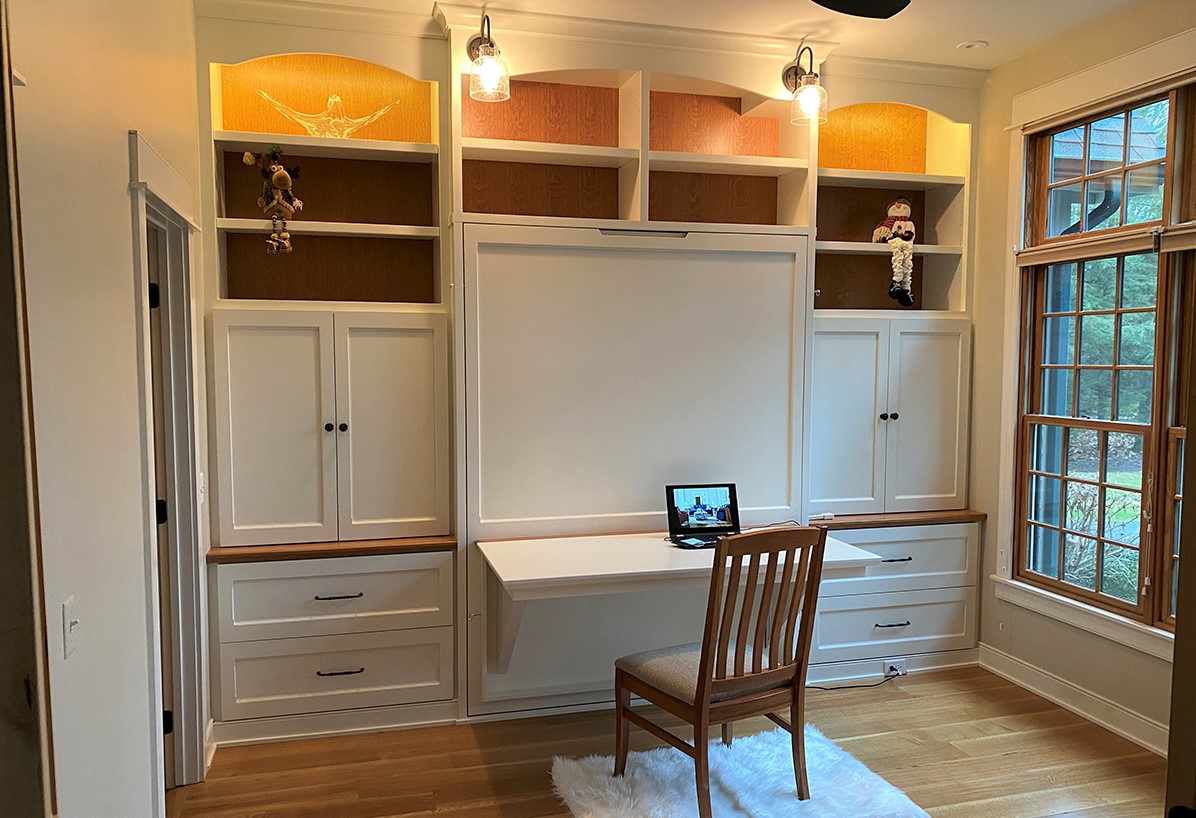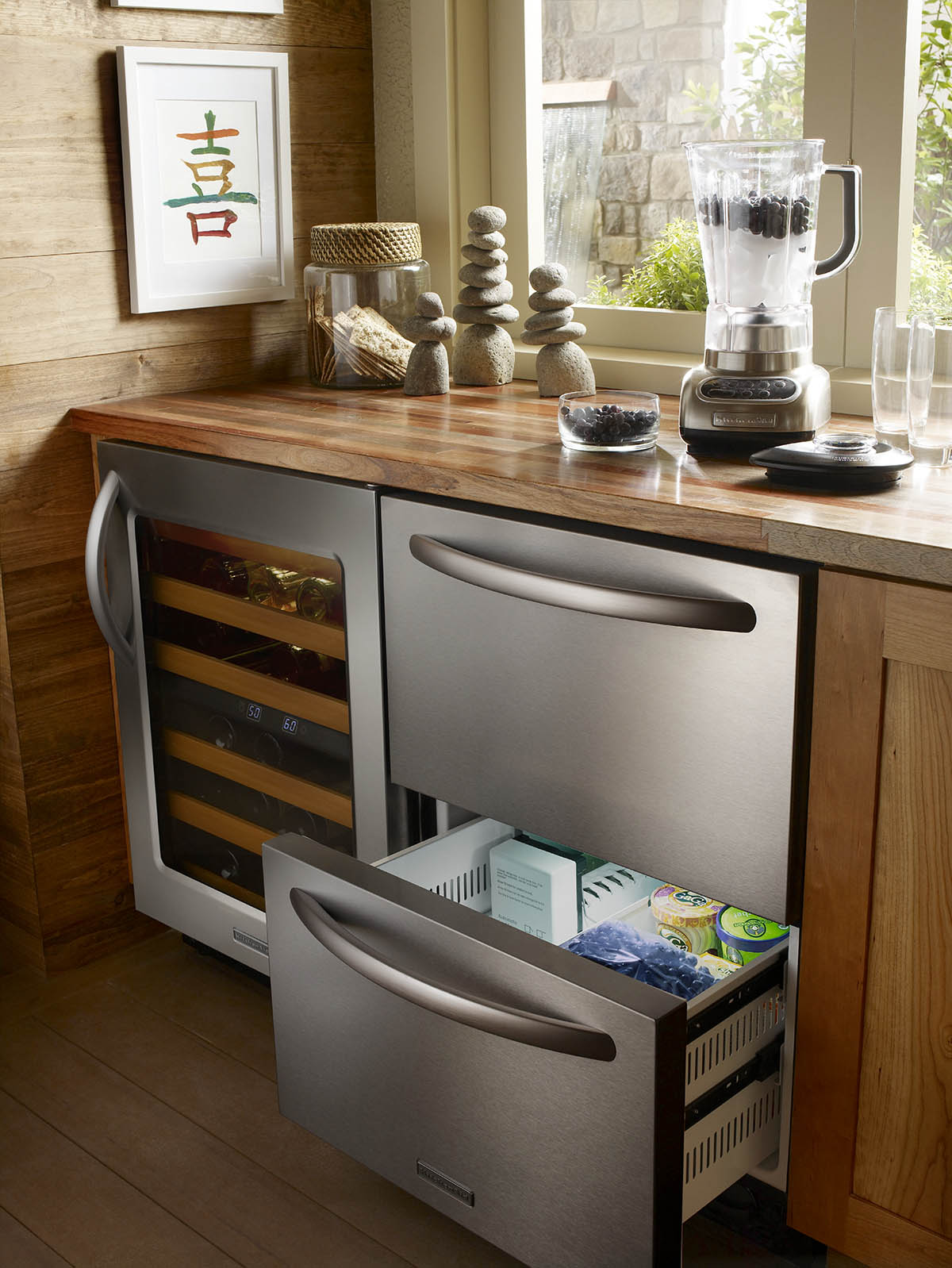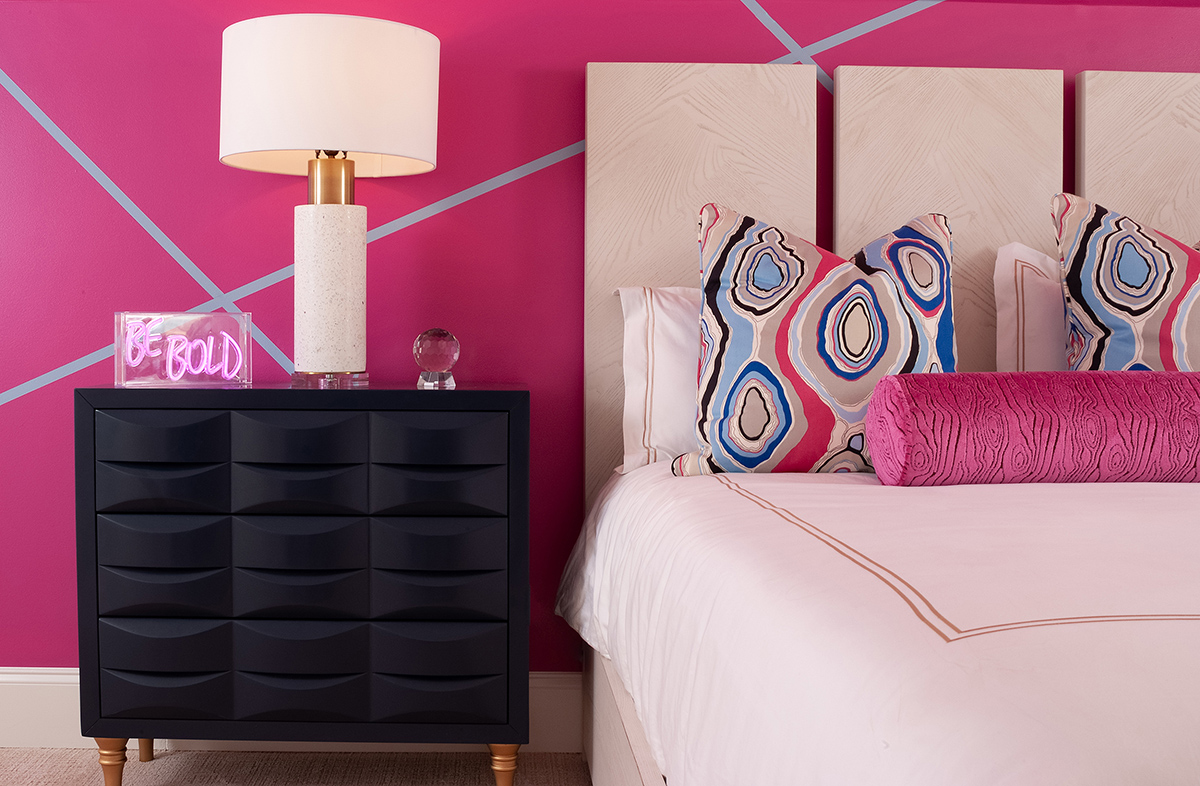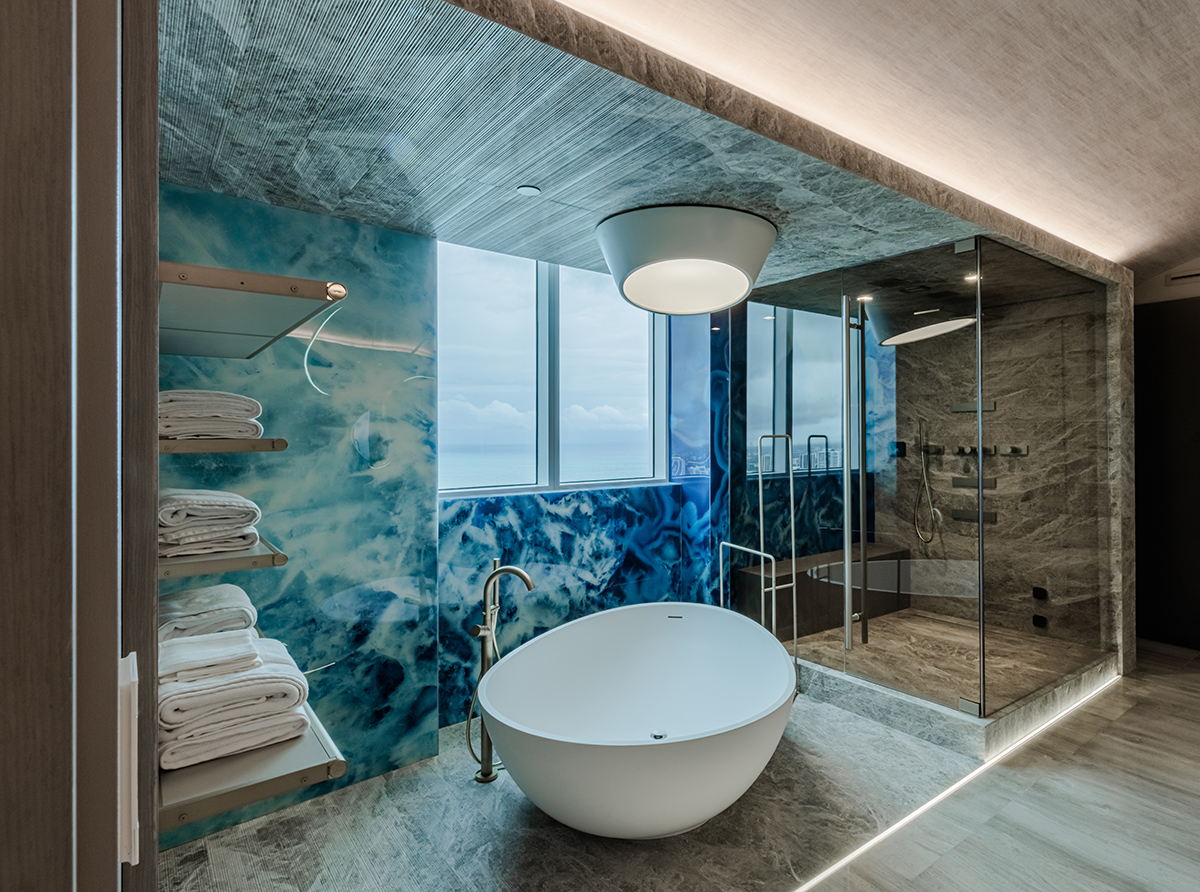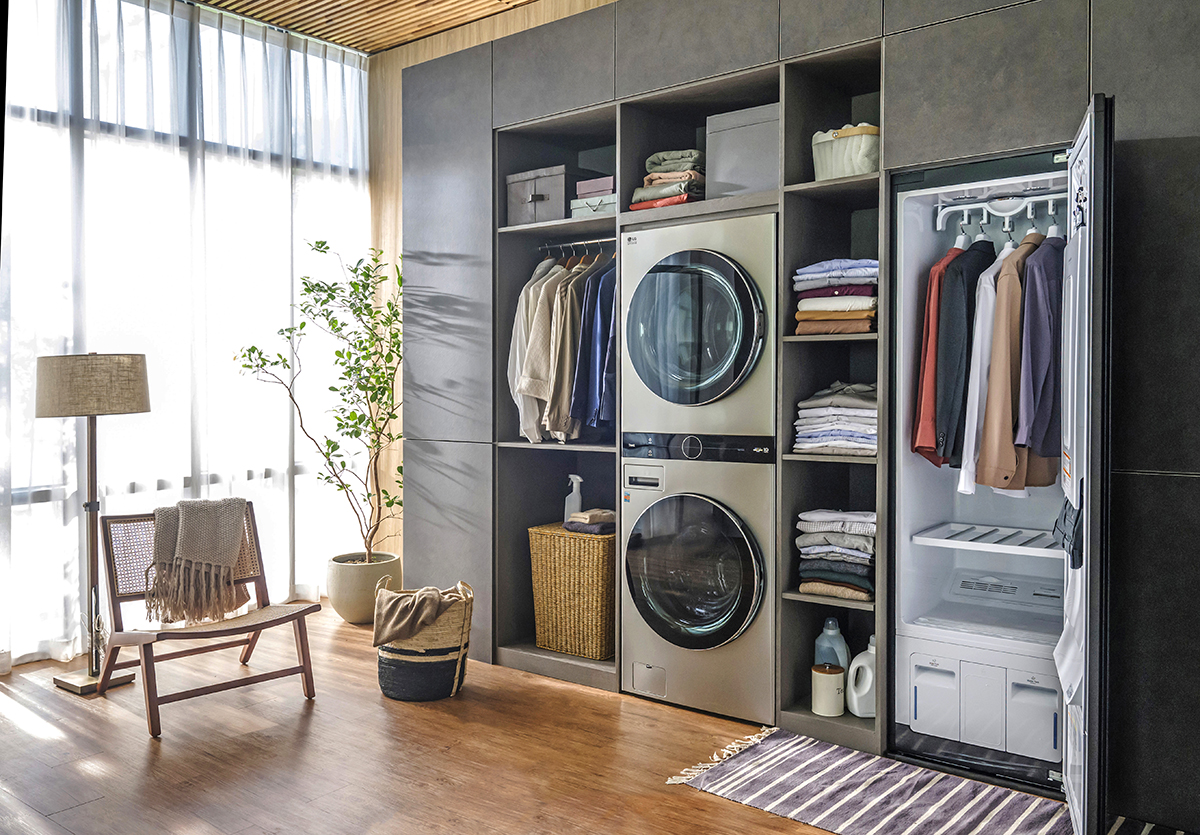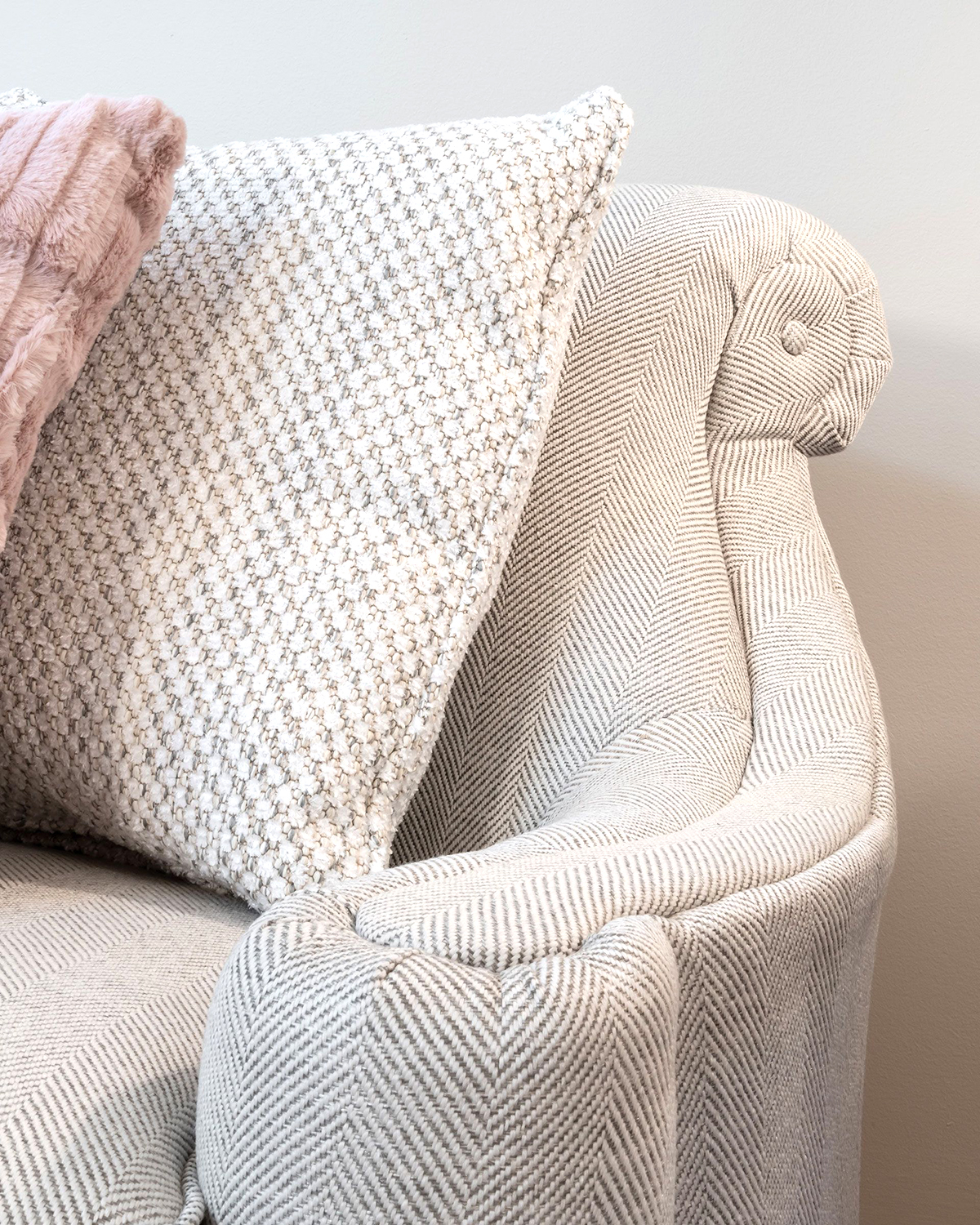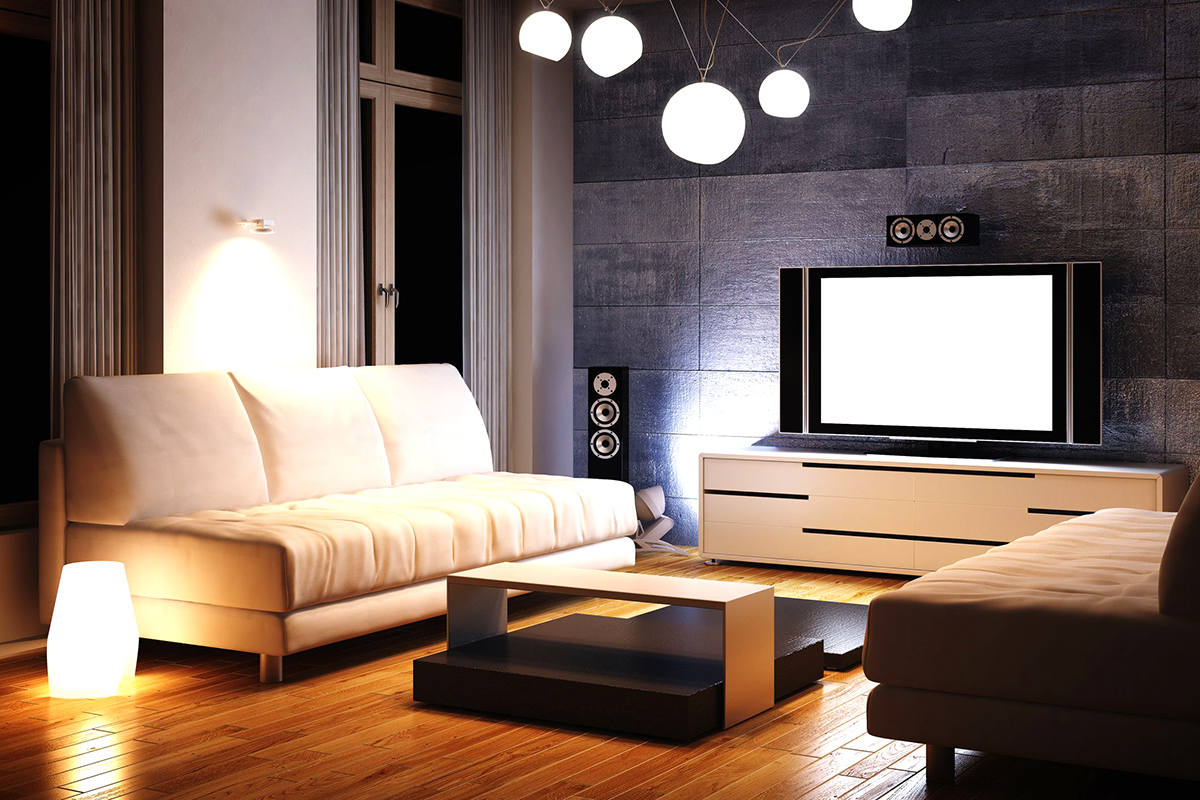WRITER | JEFF PRIEBE
PHOTO | PRIEBE’S CREATIVE WOODWORKING
The Murphy bed’s history dates to the early 1900s, when William Murphy first applied for a patent on the counterbalancing pivot hardware for his disappearing bed. Urban legend has it that he worked on this invention because, at that time, it was frowned upon to have a woman enter a man’s bedroom. This presented a slight problem for Murphy since he lived in a one-room apartment. His idea for a disappearing bed transformed his bedroom into a parlor. An idea that began in San Francisco quickly gained popularity in New York City, and the concept has never gone out of style.
Unsure what a Murphy bed is? Sometimes called a wall bed, a Murphy bed folds up vertically into a cabinet or storage of some sort so that it is out of sight when not in use and pulled down for sleeping.
These beds fit snugly against a wall and offer flexibility and space-saving functionality to almost any space. The trend of working from home has increased the demand for reinventing our spaces, and Murphy beds are seeing a resurgence in popularity as a result.
There are many ways to incorporate this type of system into your home, and the hardware is readily available through various woodworking suppliers.
The design options for a Murphy or wall bed system are many. To start, consider what size mattress you want – twin, full, or queen – and its thickness, which is important. The next question is how you want the system to open: vertically – tilting down (most common) – or horizontally. You’ll also need to think about appearance; do you want your system to be a simple cabinet on the wall, or do you want it to be part of a furniture wall system that includes shelves, a credenza, bookcases, etc?
Now, how do you want the space to function? Someone using a guest bedroom as an office may want a bed design that includes a fold-out or fixed desk. Obviously, your budget and the room’s size and shape will greatly impact the cabinetry choices.
Once you determine your Murphy bed’s style, size, and placement, you can think about options to further personalize the piece. You may want to add LED lighting, an interior storage area, or even a charging station that are visible only when the bed is down and in place.
Another feature you should incorporate into your bed design is a pillow rest, essentially an angled shelf that keeps the pillows secure so they won’t fall behind the bed. While you’re at it, bedding stays will help to hold your sheets in place when the bed is up.
While there are various do-it-yourself options available to consumers, the hardware requires precise installation for smooth, safe operation that is best left to a professional. Quality hardware and installation will ensure the longevity and ease of use you’ll want in your Murphy bed. Plus, you’ll enjoy the surprise your guests may experience when they discover a bed hidden in what looks like a beautiful cabinet.


